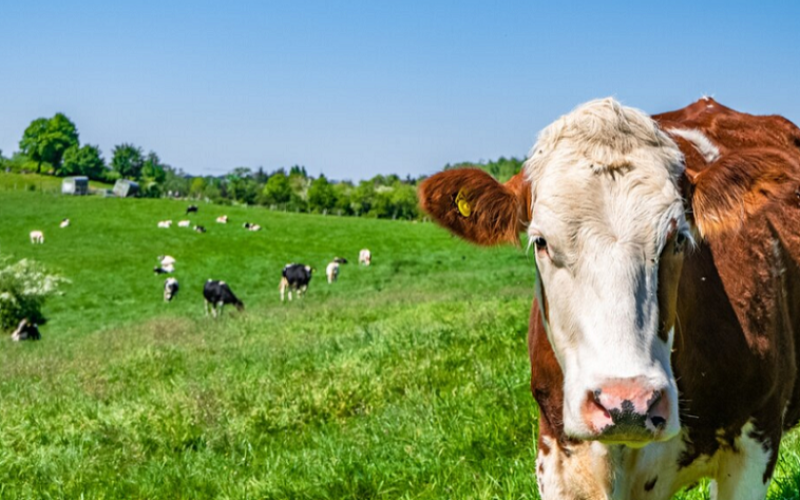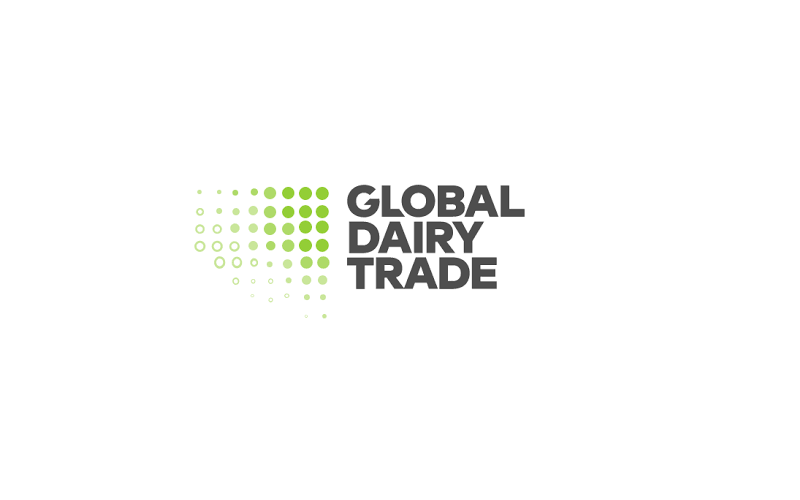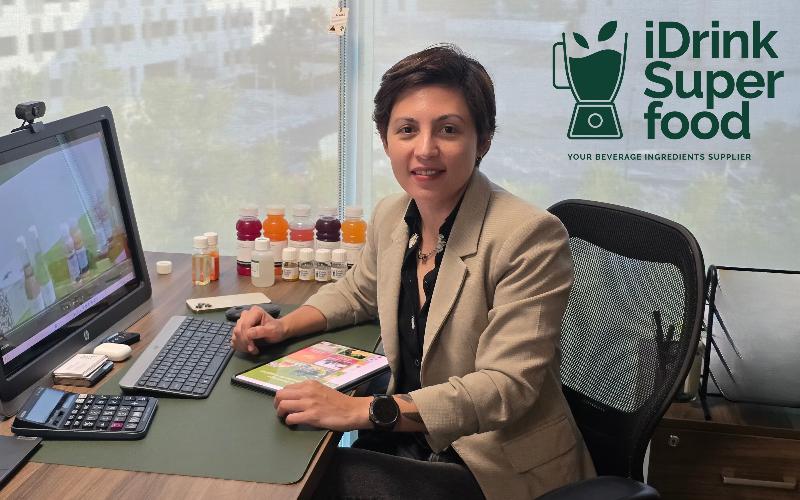From Commodity to Global Icon: The 27 Billion Kiwi Dairy Plan

Agriculture Minister Todd McClay put it bluntly at the World Dairy Summit: the sector is at the heart of the national strategy.
It is not just about selling more milk powder – the commodity that for decades sustained its trade balance – but about transforming knowledge, innovation and reputation into added value.
And the plan has a roadmap. The Ministry of Primary Industries (MPI) has launched an eight-point programme to promote food and fibre – with dairy as a protagonist – focused on diversification, sustainability and new markets.
The goal is clear: not to repeat the setback of 2015, when New Zealand set out to double exports by 2025 and failed to do so.
Today, the government’s own projections are optimistic: 12% growth in agri-food export revenues and a 16% jump in the dairy sector, to NZ$27 billion.
But these numbers are just the surface. Behind every tonne exported is a story that the country seeks to rewrite: that of a production system capable of sustaining its global leadership without depleting its pastures, its people or its social licence.
The other side of the strategy is on the ground, because doubling exports does not only depend on markets: it depends on people.
Jesse and Sharon Bagley, won the Share Farmer of the Year award in Northland. Their story is that of many young New Zealanders who, through mentoring and teamwork, are working their way towards owning their own farm.
What sets New Zealand apart is its ability to turn trade policy into a country brand. McClay summed it up in his international speech: ‘Growth will come from value, not volume’.
It is a phrase that could be applied to any exporting economy aspiring to survive in the carbon-neutral era. And one that, spoken from a nation that produces milk for 100 million people with less than five million inhabitants, carries moral and technical weight.
For the dairy world, the Kiwi strategy offers more than inspiration: it sets a new standard for sustainable competitiveness.
While Europe discusses environmental limits and Latin America seeks regional cohesion, New Zealand is betting on its historic formula: open up, adapt and lead.
The expectation of doubling exports in a decade may seem like déjà vu, but this time the wind is blowing differently. There is data, there is policy and – above all – there is conviction.
New Zealand is not running after the market: it is designing the future of agri-food trade.











